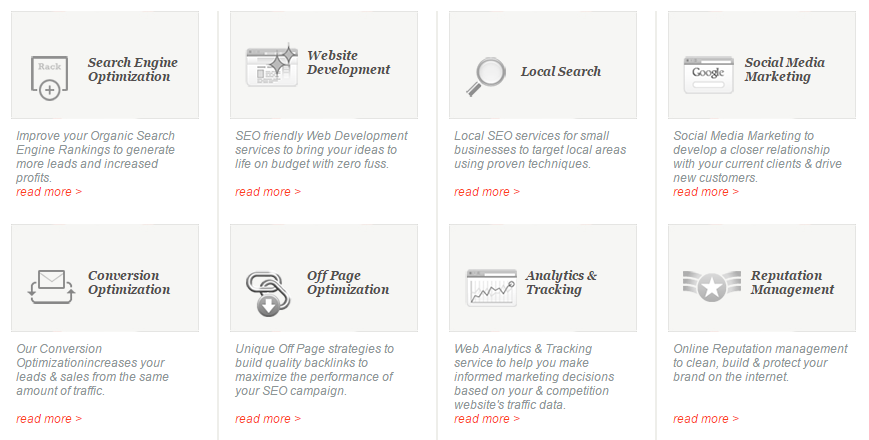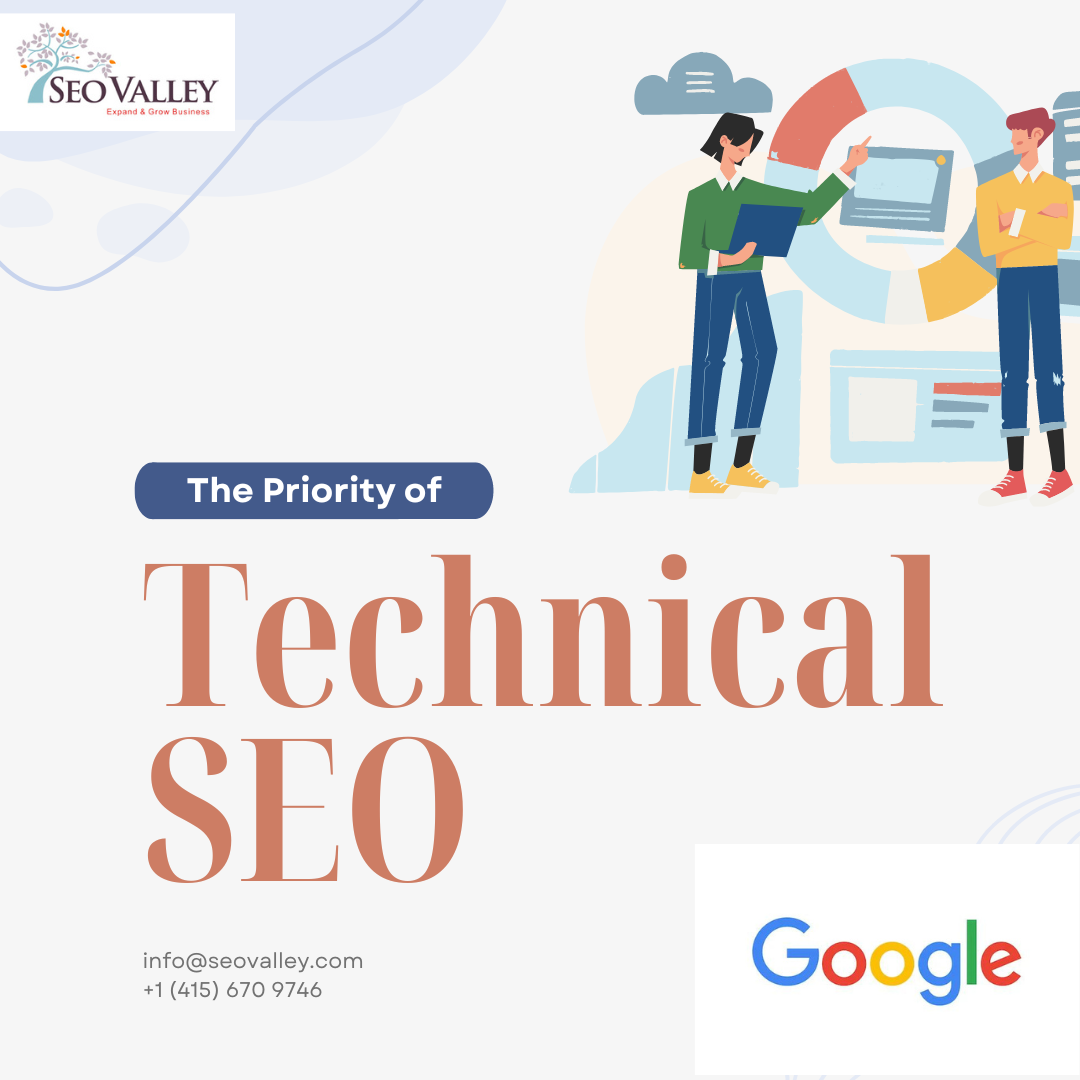One of the biggest risks of doing a website redesign is losing your SEO rankings. This is why it is very important to carefully plan each step of the process and consider key elements that may affect your keyword rankings and search engine placement. Failing to take fundamental SEO principles into consideration as you plan your site re-design can cause significant dips in your traffic, which can further result to a great loss of business. A redesign should not be all about aesthetics, nor should be about following trends. It should also be about keeping with best practices and maintaining fundamental principles that will help retain good search optimization and facilitate growth.

When hiring a web consultant or an agency to help out with your site redesign, make sure that they have the right skill set and knowledge to keep your web rankings and execute a re-design that takes care of both aesthetic and technical factors. Here are ways to retain SEO rankings after doing a site redesign or launching a new website, altogether:
- Perform a thorough SEO audit. To minimize the risk of losing your audience and slipping down on search rankings, make sure to audit your old website and identify elements that you need to keep in place in order to retain your rankings or things that you need to improve to beef the website up. Experienced agencies and web consultants have the best tools to help you analyze the state of your website accurately and quickly, and apply elements that work to your new site.
- Use 301 redirects. A costly mistake when migrating your site to a newer, better domain is forgetting to redirect old pages to new URLs. Changing page locations and failing to redirect them spells a huge disaster for your search rankings because search engines will have no way of locating them. 301 redirects will help you preserve at least 90% of your link juice and ranking power.
- Create a well-designed site architecture and make sure your on-site elements are structured with SEO in mind, from your headings to your titles, tags, meta descriptions, and keywords.










